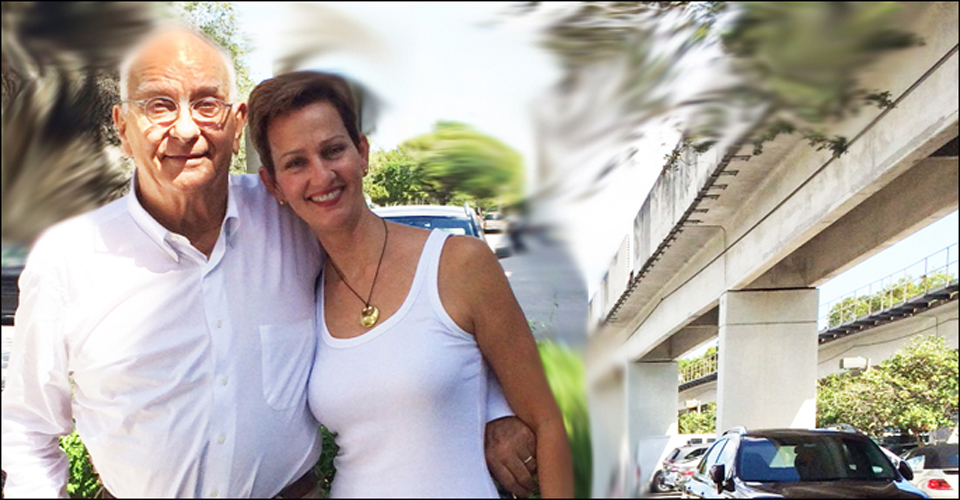The Impact of Parker Thomson on the Miami Music Community
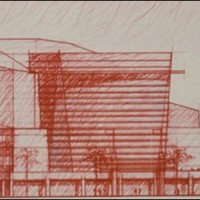
If it was not for Parker Thomson, Miami would not have its nationally heralded Adrienne Arsht Center for the Performing Arts.
I first met Parker in the early 1970s when I was Assistant to Richard F. Wolfson, General Counsel for Wometco Enterprises, owner of WTVJ, Florida’s first television station. At the time, Parker represented the Miami Herald. Parker was a brilliant Harvard-trained lawyer. When the Ford Foundation and Miami Herald conducted Florida’s first media law conference, Parker was a prominent participant in the discussions. When I was later asked to chair the Florida Bar’s first media law conference, Parker was an indispensable participant.
Parker’s interests, however, were not limited to media law. As the son of a history professor at Russell Sage College in Troy, New York, Parker had attended many concerts at the Troy Savings Bank Music Hall, a performance space with exceptional acoustics that was literally built on top of a bank. It was there that Parker developed a love and appreciation for music.
While continuing his work for the Miami Herald and other media-related work, Parker became instrumental in structuring the Dade County Council of Arts and Sciences and helping to attract Frank Cooper, a tenured professor at Butler University in Indianapolis, Indiana, to become Director of the Arts Council. When Cooper left the Arts Council, Parker was actively involved in helping him develop an association with University of Miami School of Music, where he ultimately became a full-time professor and emerged as one of the best known music professors and lecturers in the Miami community.
In the 1980s, when Miami’s need for a first-class performing arts center started to become a financial and political possibility, Parker became Chairman of the Performing Arts Center Trust, the committee charged with the ultimate decisions for the shape and execution of the buildings. At the time, Miami had no significant downtown. Parker recalls that John McMullen, the Miami Herald’s Executive Editor, would describe Miami’s downtown as the “center of a doughnut”! Ted Arison, Carnival Cruise Lines founder, was advocating that the Performing Arts Center be located on Miami Beach. Parker was instrumental in the decision to locate the Center in a cornerstone location near the causeway to Miami Beach and easily accessible from I-95.
The County had to make difficult choices among three major architects and firms: Cesar Pelli, Arquitectonica and Rem Koolhaas. Parker insisted that the County should not only choose an architect but should also have an acoustician. Ultimately Cesar Pelli was chosen to be the architect and Russell Johnson to be the acoustician.
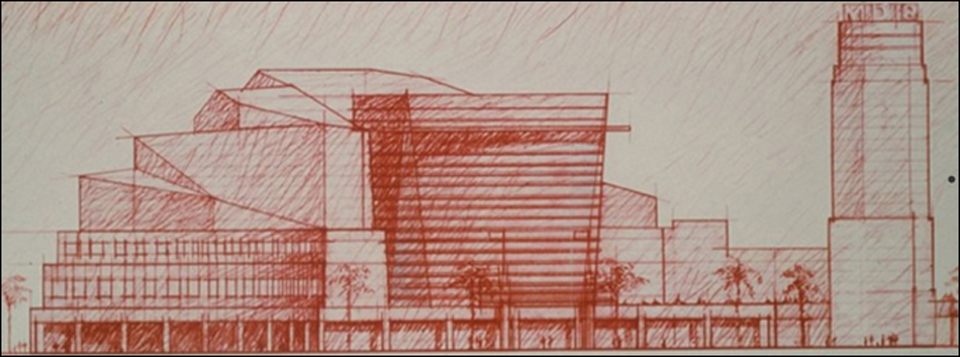
The Plan, 1989
Courtesy of the Adrienne Arsht Center for the Performing Arts of Miami-Dade County. (See www.arshtcenter.org/About-Us/Facts–History)
Although there was debate about whether or not the size of the concert hall (now known as the Knight Concert Hall) should exceed 1,800 seats — the size of the best concert halls in Europe — it was ultimately decided that a 2,200-seat hall could be designed that would not compromise the acoustics. Moreover, Russell Johnson created adjustable reflectors over the stage so that the acoustics could be optimized for up to twelve players, a chamber orchestra of forty-four players, a large orchestra of eighty-eight players, and a large orchestra with chorus. It was also possible to adjust side panels in the hall for reverberation.Parker’s strong belief that education in the cultural arts enhances overall student performance led him to conclude that the lack of music courses and programs in the Miami-Dade schools was a serious deficiency. In 2008, when Maestro James Judd formed the Miami Music Project (the “MMP”), Parker became a key member of the Board, which has enabled the MMP to obtain musical instruments and to develop an Il Sistema program to enable young students in the Miami-Dade Public Schools (particularly in lower income areas) to learn to play classical music. Parker’s quiet and effective involvement gave the MMP tremendous credibility with the Knight Foundation and the community.
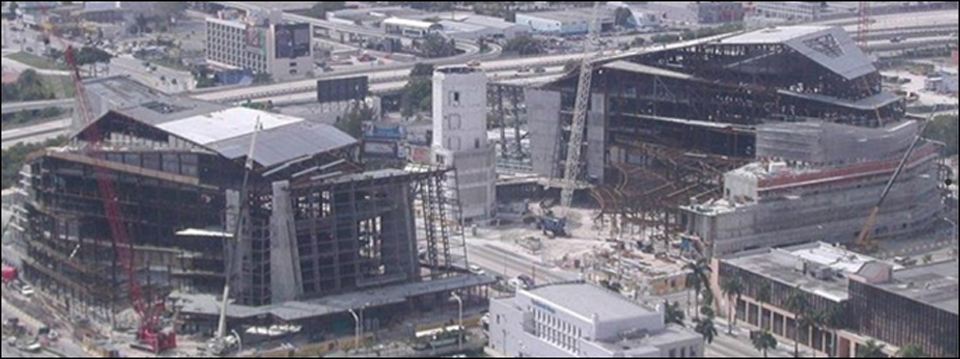
Contruction 2001-04
Courtesy of the Adrienne Arsht Center for the Performing Arts of Miami-Dade County. (See www.arshtcenter.org/About-Us/Facts–History)
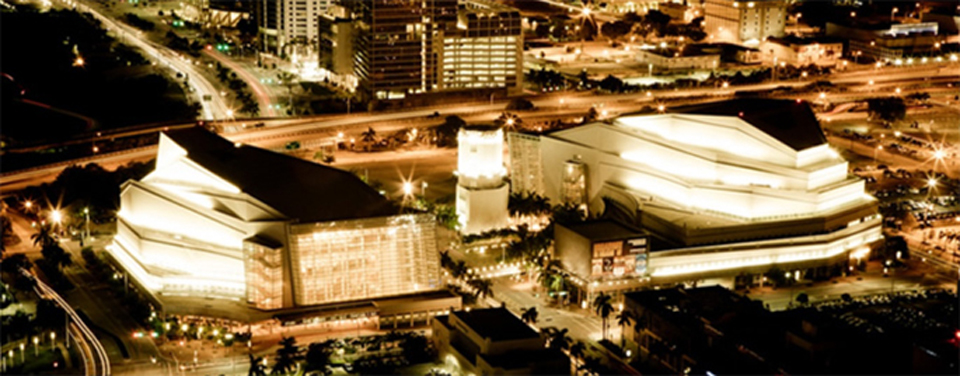
Miami’s Performing Arts Center, 2006
Courtesy of the Adrienne Arsht Center for the Performing Arts of Miami-Dade County. (See www.arshtcenter.org/About-Us/Facts–History)
James Judd remarked that “no one could underestimate how incredibly supportive, loyal, and effective Parker was for music and the Philharmonic.” Judd noted the he had “no greater admiration for anyone – Parker was always available and had a great tolerance for mad artists like me!”
Parker feels that the presence of the Adrienne Arsht Center for the Performing Arts has stimulated major developments in Miami’s downtown area including two major museums, the Pérez Art Museum Miami and the Patricia and Phillip Frost Museum of Science that would not otherwise have taken place. Parker hopes that further development will be aggressively pursued. He is currently working with his daughter, Meg Daly, to make her vision of a ten-mile park under Miami’s Metro Rail (“the Underline”) a reality. ♦


